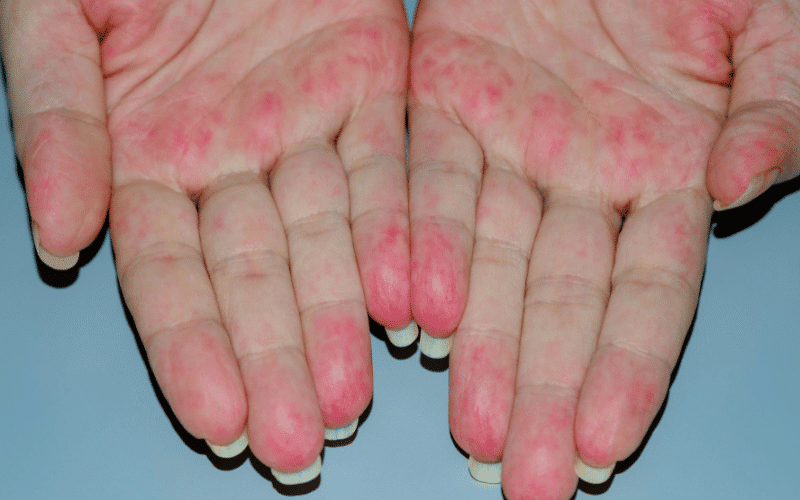8. Vascular Involvement: The Silent Storm Within

Behcet’s Disease is known for its ability to inflame blood vessels, a condition known as vasculitis. It can affect both veins and arteries, large or small. Vascular involvement brings a whole new set of challenges, marking a crucial stage in the progression of BD.
Symptoms of vascular involvement can be quite varied, ranging from superficial vein thrombosis, where a clot forms in a vein near the skin’s surface, to deep vein thrombosis, where the clot is in a deeper vein. Patients might experience pain, swelling, redness, or warmth in the affected area, adding an additional burden to their daily lives.
Behcet’s Disease can also affect large vessels, leading to conditions such as aneurysms, where the blood vessel wall weakens and bulges outward. Alternatively, it can cause narrowing of vessels, disrupting the normal flow of blood. These conditions are serious and can have life-threatening consequences.
Interestingly, BD is one of the few conditions that can cause both inflammation and clotting in blood vessels. This duality underscores the unique nature of BD and the challenges it presents. It is a clear demonstration of the disease’s widespread and multi-faceted impact.
The management of vascular involvement in BD requires a delicate balance between controlling inflammation and preventing clotting. It’s a fascinating aspect of BD management, highlighting the need for individualized treatment strategies. This unique facet of BD reminds us of the ongoing quest to fully understand and effectively manage this complex disease. (8)